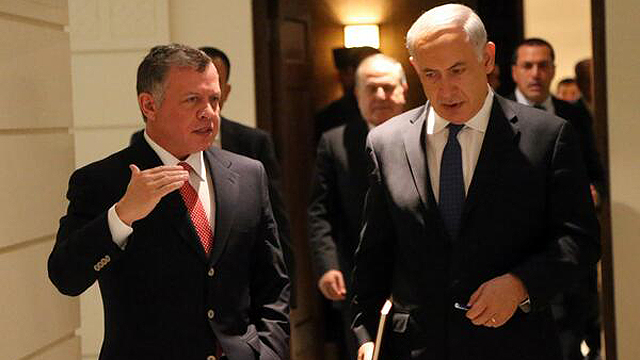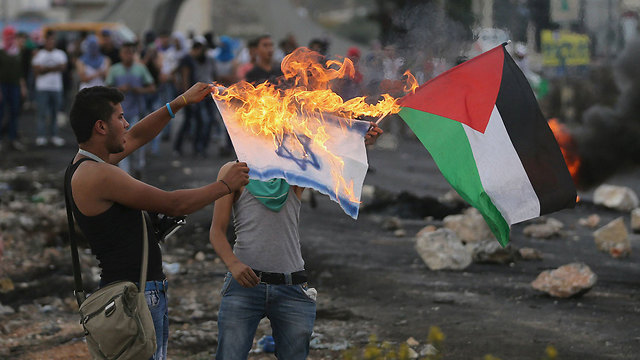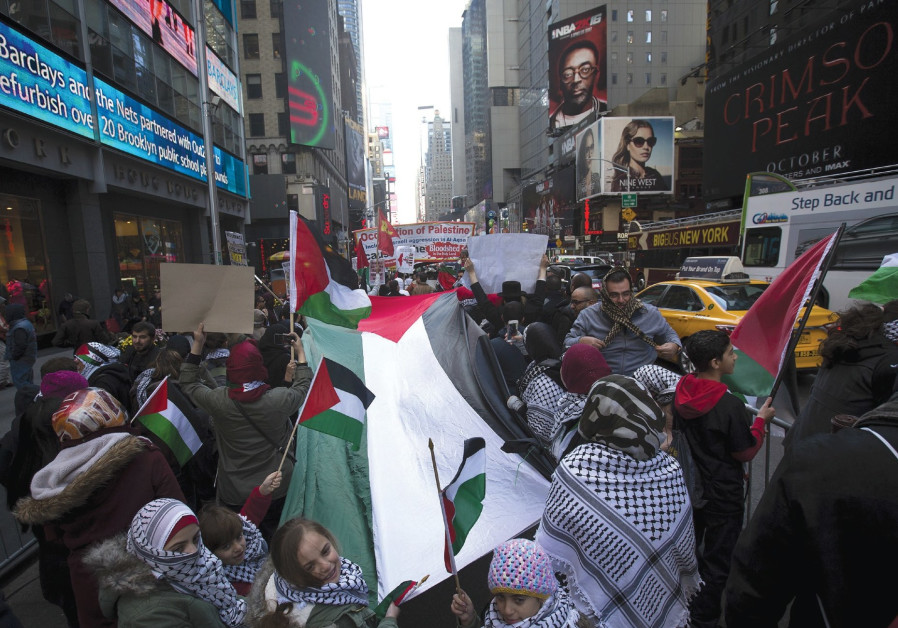Tehran’s strategizing pays off again, as several of its clients strike a deal that undermines Kurdish hopes of independence.
Iraqi forces took Kirkuk city from the Kurds this week with hardly a shot fired. ...It is a remarkable setback for the Kurds, who just a few weeks ago held an independence referendum. The loss of Kirkuk especially, given the city’s vast oil resources, lessens the likelihood that an independent state will emerge from the Kurdish Regional Government area in northern Iraq.
Now the Iraqi forces are rolling into other areas conquered by the Kurdish Regional Government in the course of the war against ISIS... Kurdish forces are withdrawing ... Yezidi civilians ...are again uncertain of their fates as they wait for the arrival of Iraqi forces.
The capture of Kirkuk recalls other swift and decisive assertions of control that the Middle East has witnessed in recent years. Perhaps the closest parallel might be the Hezbollah takeover of west Beirut in May-June 2008. Then, too, a pro-Western element (the March 14 movement) sought to assert its sovereignty and independent decision-making capabilities. It had many friends in the West who overestimated its strength and capacity to resist pressure. And in the Lebanese case as well, a sudden, forceful move by an Iranian client swiftly (and, it seems, permanently) reset the balance of power, demonstrating to the pro-Western element that it was subordinate and that further resistance would be fruitless.
There is, of course, a further reason to note the similarity between Kirkuk in October 2017 and Beirut in 2008. Namely that in both cases, the faction that drove its point home through the judicious use of political maneuvering and the sudden application of force was a client of Iran’s Islamic Revolutionary Guards Corps.
In Lebanon, the client was Hezbollah...
In Iraq, the equivalent force is the PMU (Popular Mobilization Units) or Hashd al-Shaabi. ...
The PMU’s forces now consist of about120,000 fighters in total. And while dozens of militias are associated with it, a handful of larger formations form its central pillars. The three most important groups are all pro-Iranian and directly connected to the Revolutionary Guards. These are
- Ktaeb Hizballah, headed by Abu Mahdi al-Muhandis;
- Asaib Ahl al-Haq, headed by Qais al-Khazali; and
- the Badr Organization, commanded by Hadi al-Ameri.
Al-Ameri, al-Muhandis, and Suleimani himself were all present in Kirkuk on October 15 and16, laying the groundwork for the takeover of the city. Badr and Ahl al-Haq fighters also played a prominent role in the incursion into the city.
However, they were not the only Iran-linked element in Kirkuk. The Kurdish retreat appears to have been the product of a deal between the Iraqi central government and the Kurdish party that dominates in Kirkuk, the Patriotic Union of Kurdistan. According to eyewitness reports, the PUK’s peshmerga forces abandoned their positions, rendering a coherent defense of the city impossible.
The PUK-Iran relationship dates back 25 years, to the days when both were engaged against the Saddam Hussein regime in Baghdad. Due to this alliance, the PUK only reluctantly supported the Kurdish independence referendum of September 25. Indeed, the fractured nature of Kurdish politics, the absence of a single, united military force, and the differing international alliances and orientations of the two main parties in the KRG—namely the Kurdish Democratic Party of President Masoud Barzani and the PUK—have long constituted a central vulnerability of the Kurdish system in northern Iraq. We appear to have witnessed a masterful exploitation of this vulnerability, a sudden and decisive turning of the screw.
Details have emerged in the Kurdish media of a supposed agreement reached between Bafel Talabani, eldest son of former PUK leader and Iraqi President Jalal Talabani, and Hadi al-Ameri of the PMU. (Some sources claim that it was al-Muhandis, not al-Ameri, who represented the PMU.) The deal would establish a new authority in the Halabja-Sulaymaniyah-Kirkuk area, to be jointly administered by the Iraqi government and the “Kurds” (or rather, the PUK) for an undefined period. The federal government would manage the oil wells of Kirkuk and other strategic locations in the city, while also overseeing the public-sector payroll.
The establishment of such a client or puppet authority would put paid to any hopes for Kurdish self-determination in the near future. The deal was intended to split Iraqi Kurdish politics in two, and make impossible any further moves toward secession. The latter cause is vehemently opposed by Iran, which wants to control Iraq from Baghdad and maintain its unfettered access to the Levant and the Mediterranean Sea.
This deal was only feasible because of smart investments that Iran made in the politics of both Iraqi Shi‘a Arabs and Iraqi Kurds during previous decades, plus the judicious mixing of political and military force, an art in which the Iranians excel. Indeed, Iran’s influence in Iraq, both political and military, goes beyond the PMU and the PUK. The Federal Police, another of the forces involved in the march on Kirkuk, is controlled by the Interior Ministry. The Interior Minister, meanwhile, is one Qasim al-Araji—a representative of the Badr Organization, Hadi-Al Ameri’s group, which sits in the government of Prime Minister Haider al-Abadi. And of course, Abadi’s own party, Dawa, is a Shi‘a Islamist outfit with strong ties to Iran.
So the long-developed, mostly unseen influence that Iran exerts on both Iraqi and Kurdish political and military life is powerful indeed. All we are seeing this week is its abrupt activation.
As Andrew Bernard noted in a TAI article earlier this week, President Trump’s response on the clashes was to assert that the United States was “not taking sides, but we don’t like the fact that they’re clashing.” This is in effect to accede to the Iranian ascendancy in Iran, given the discrepancy in power between the sides and the deep Iranian and IRGC involvement with Baghdad. Such a stance does not, to put it mildly, tally with the President’s condemnation in his speech this past week of Iran’s “continuing aggression in the Middle East.” It remains to be seen if anything of real consequence in policy terms will emerge from the President’s stated views. For the moment, at least, the gap between word and deed seems glaring.
Meanwhile, the advance of the Shi‘a militias and their Iraqi allies is continuing. The demoralized KRG has abandoned positions further west. In Sinjar, Khanaqin, Makhmur, Gwer and other sites on the Ninawah Plain, the Iraqis are pushing forward. The intention appears to be to take back the entirety of the Plain, where the peshmerga of the ruling KDP, not the PUK, were dominant. Yet they too have so far retreated without resistance. It is not clear at present how far the PMU and the Iraqis intend to go, or at what point the peshmerga will make a stand.
It is a black day for the Kurds, from every point of view. The fall of Kirkuk confirms the extent to which Iraq today is an Iranian-controlled satrapy. And it vividly demonstrates the currently unrivaled efficacy of the Iranian methods of revolutionary and political warfare, as practiced by IRGC throughout the Arab world.









